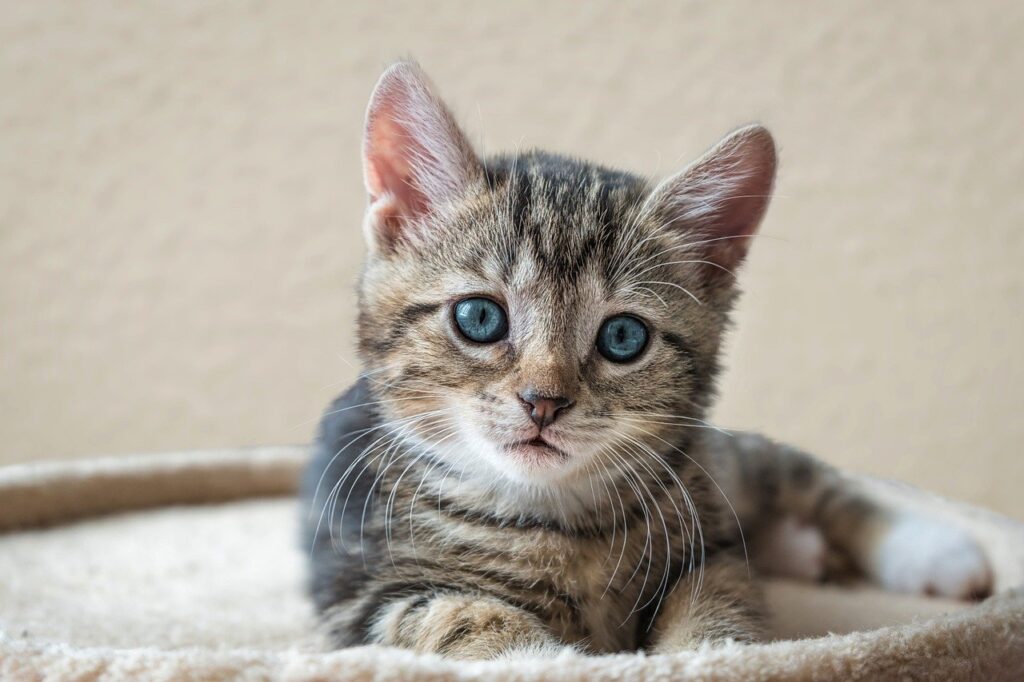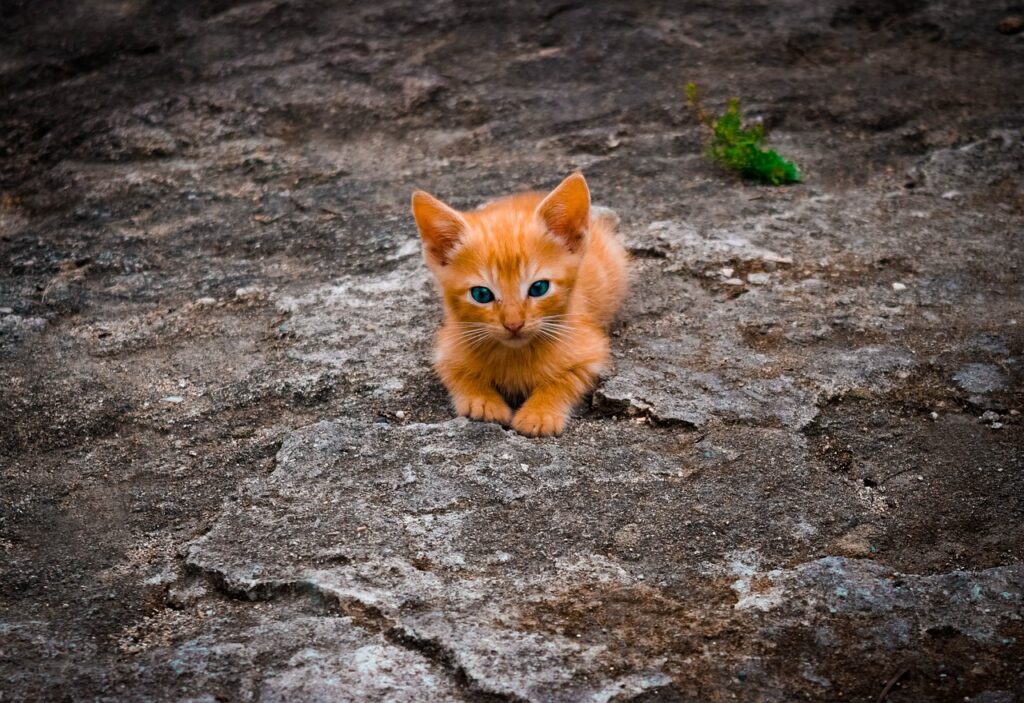Welcome to the informative article on “How Many Kittens Can A Cat Have.” When it comes to feline pregnancies, many people wonder just how many little furballs a mama cat can produce in a single litter. From the factors that influence litter size to the average number of kittens a cat gives birth to, you’ll find all the answers you need right here. So, let’s dive in and uncover the fascinating world of feline reproduction!
How many kittens can a cat have?
Understanding Feline Reproduction
Hey there! If you’ve ever wondered about how many kittens a cat can have, you’re in the right place. Let’s dive into the world of feline reproduction and explore the factors that can impact litter size.
The Basics of Cat Pregnancy
When a female cat, also known as a queen, becomes pregnant, her gestation period typically lasts around 63-65 days. During this time, the queen’s body undergoes significant changes to prepare for the arrival of her litter.
Factors Affecting Litter Size
The number of kittens in a cat’s litter can be influenced by several factors, including the queen’s age, breed, health, and overall reproductive health. It’s essential to consider these factors when predicting litter size.
Determining Average Litter Sizes
Now that we’ve covered the basics let’s take a closer look at the average litter sizes for cats.
Average Litter Sizes by Breed
Different cat breeds tend to have varying litter sizes. While some breeds might typically have smaller litters, others are known for larger litters. It’s important to keep the breed in mind when considering litter size.
Factors Influencing Litter Size
In addition to breed differences, other factors such as the queen’s age and health can impact litter sizes. It’s essential to consider these variables when estimating how many kittens a cat might have.

Unusual Cases of Large Litters
While most cats have litters within the average range, there have been instances of unusually large litters being born. Let’s explore some of these remarkable cases.
Extraordinarily Large Litters
Although rare, some queens have given birth to litters containing more than ten kittens. These cases are exceptional and often require specialized care and attention to ensure the health and well-being of all the kittens.
Preparing for Your Cat’s Pregnancy
If you’re a cat owner preparing for your cat’s pregnancy, there are several steps you can take to help ensure a smooth and healthy pregnancy for your furry friend.
Proper Nutrition
During pregnancy, it’s crucial to provide your queen with a well-balanced diet rich in essential nutrients. Consult with your veterinarian to determine the best diet for your cat during this critical time.
Veterinary Care
Regular veterinary check-ups are essential during your cat’s pregnancy to monitor her health and the progression of the pregnancy. Your vet can provide guidance on how to care for your pregnant cat and address any potential issues that may arise.
Creating a Comfortable Environment
As your cat’s due date approaches, create a comfortable and quiet space for her to give birth and care for her kittens. Providing a warm, safe, and stress-free environment is key to ensuring the well-being of the mother and her newborn kittens.

What to Expect During Labor and Delivery
When your cat goes into labor, it’s essential to be prepared and know what to expect during the birthing process. Here’s a breakdown of what typically happens during labor and delivery.
Signs of Labor
As your cat approaches labor, she may exhibit nesting behavior, restlessness, and vocalization. These are all signs that labor is imminent, and you should prepare for the arrival of the kittens.
The Birthing Process
During labor, your cat will experience contractions as she delivers each kitten. It’s essential to provide support and assistance if needed, but also give her space and privacy to give birth naturally.
Post-Delivery Care
After the kittens are born, the queen will clean and nurse them to ensure their well-being. Monitor both the mother and kittens closely in the hours and days following the birth to ensure that everyone is healthy and thriving.
Caring for Newborn Kittens
Once the kittens are born, your role as a caregiver is crucial in ensuring their health and development. Here are some key steps to take when caring for newborn kittens.
Feeding and Nursing
Newborn kittens depend on their mother’s milk for proper nutrition and growth. Ensure that the queen is nursing the kittens regularly and monitor their weight gain to ensure they are thriving.
Keeping Them Warm
Newborn kittens are unable to regulate their body temperature, so it’s essential to keep them warm by providing a cozy nesting area with blankets or heating pads. Be cautious not to overheat them, as this can be harmful.
Health Monitoring
Regularly monitor the kittens for any signs of illness or distress. Keep an eye on their weight gain, activity level, and general well-being to catch any potential issues early and seek veterinary care if needed.

Conclusion
By now, you should have a better understanding of how many kittens a cat can have and what factors can influence litter size. Whether you’re a cat owner preparing for your cat’s pregnancy or simply curious about feline reproduction, I hope this article has provided you with valuable insights into the world of cat reproduction. Remember to provide your cat with the care and support she needs during this special time, and enjoy the precious moments with your new furry additions. Happy cat parenting!

